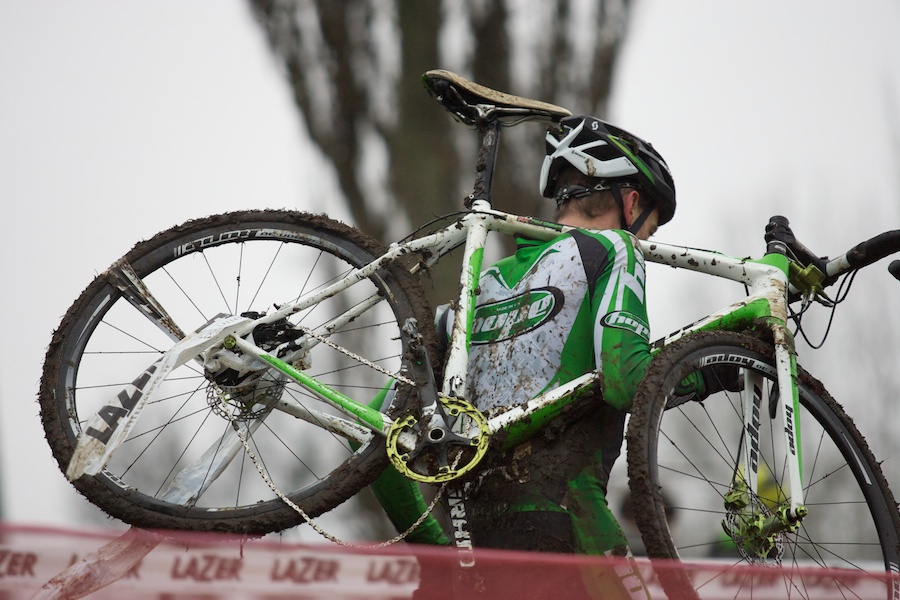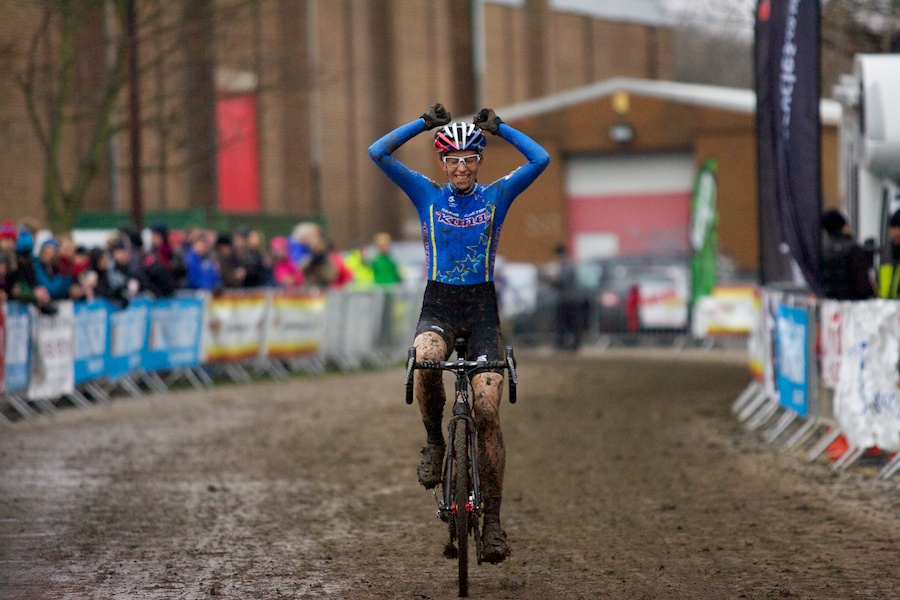Turn, turn, turn
Cornering, unsurprisingly, is the most challenging aspect of wet road riding. Reducing speed on entry to the corner is critical, of course, and braking should be made with extreme care. The slippery tarmac will demand caution, and painted lines, leaf litter, and other surface hazards (more of which later) can add to the challenge when you and the bike are at an angle.

Brake before you reach the corner. Look ahead, and take stock of the upcoming turn. Remember that even a shallow corner will feel tight if taken at speed. Once you’ve started to turn, only ‘feather’ the brakes, tapping the levers to apply braking force in short, controlled efforts.
Weighting the front wheel is a key consideration, especially if the corner is sharp or taken quickly (the faster a corner is taken, the sharper it will feel). Shifting your weight forwards, with your hands on the drops and elbows pointing downwards, will help apply downward pressure to the front wheel: the force on which it relies, along with the rubber compound, for grip. While on the subject of tyre compound, winter tyres typically use harder rubber to provide durability. The sacrifice is often grip, making weighting the front wheel in wet corners more important.





